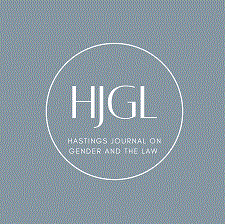
Abstract
In this article, Professor Brake discusses the Supreme Court's decision in Davis v. Monroe County Board of Education, which recognized student-on-student sexual harassment as a form of actionable discrimination under Title IX, as part of a larger tension in discrimination law between intent and causation as the guiding principle for defining unlawful discrimination. She argues that the liability standard adopted by the Davis Court properly focused on the question of whether schools cause sex-based harm, rather than inquiring into the bias or subjective intent of school officials. Although the deliberate indifference requirement the Court adopted sets a tougher liability standard than that governing sexual harassment in the workplace, she contends that it nevertheless marks a significant improvement over an alternative standard that would have inquired into the motives of school officials. In the final section of her article, Professor Brake discusses the significance of Davis in terms of the broader struggle in the courts over the role and meaning of intent and causation in discrimination law. Although discrimination law purports to distinguish between intentional and unintentional discrimination, and attaches important consequences to that distinction, in reality, courts have applied this line inconsistently, depending on the context. Against this background, Davis is not so much a change in direction as one more departure from a rigorous intent standard, and one more step toward a better understanding of the concepts of intent and causation in a discrimination analysis.
Recommended Citation
Deborah L. Brake,
School Liability for Peer Sexual Harassment after Davis: Shifting from Intent to Causation in Discrimination Law,
12 Hastings Women's L.J. 5
(2001).
Available at: https://repository.uclawsf.edu/hwlj/vol12/iss1/2

